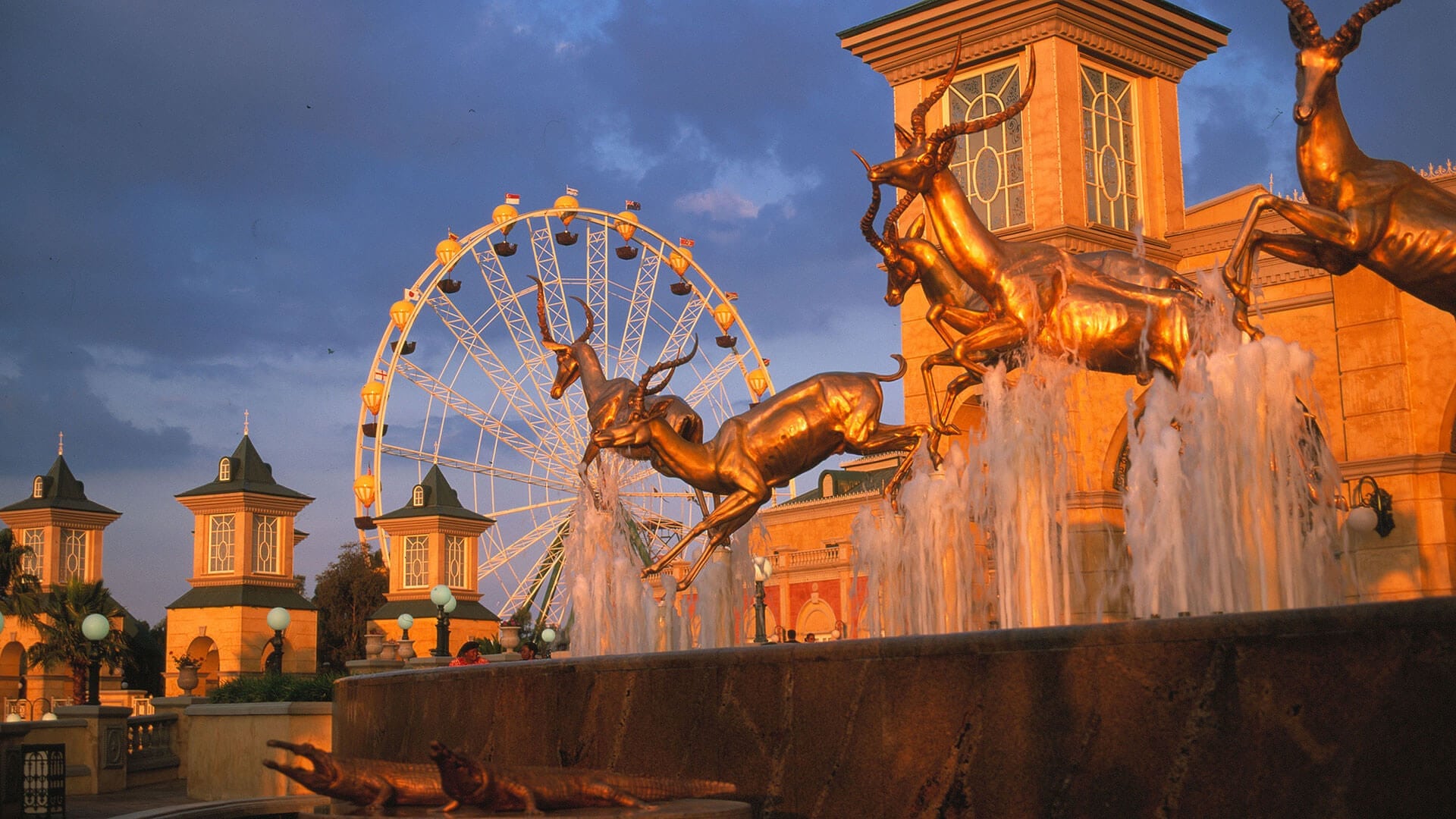Johannesburg North Attractions - The Facts
Johannesburg North Attractions - The Facts
Blog Article
9 Easy Facts About Johannesburg North Attractions Explained
Table of ContentsExcitement About Johannesburg North AttractionsJohannesburg North Attractions - The FactsThe Definitive Guide to Johannesburg North AttractionsHow Johannesburg North Attractions can Save You Time, Stress, and Money.The Single Strategy To Use For Johannesburg North AttractionsThe Single Strategy To Use For Johannesburg North Attractions
The city grew on the side of the Witwatersrand Key Reef, a subterranean stratum of gold-bearing quartz-silica conglomerate that arcs for hundreds of miles underneath the Highveld - Johannesburg North attractions. Many of the gold mines in the city ceased procedure in the 1970s, but in its day the Witwatersrand gold sector accounted for even more than 40 percent of the world's annual gold manufacturing.Johannesburg has a warm climate. The city appreciates about eight hours of sunshine per day in both winter season and summer season.
What rainfall the city receives drops virtually solely in the summer season months, often in amazing late-afternoon electric tornados., where lots of citizens still depend on coal for gas.

The Johannesburg North Attractions Ideas
The equilibrium of the city is inhabited by whites. Holiday accommodation differs in character and high quality. Soweto is notorious for its unlimited rows of municipally developed, two-room matchbox homes, yet it likewise has a few flourishing enclaves as well as bristling squatter camps, where 10s of thousands live without water, power, or sanitation centers.
Physical growth, although somewhat restricted by transport, proceeded swiftly as migration to South Africa, and Johannesburg in specific, boosted considerably.
Most bad suburban areas were combined, with inadequate blacks and whites living with each other, although the rich residential areas were usually booked for whites. This changed with the political election of the National Event in the 1948 elections, who began to formalise the system referred to as discrimination. Apartheid formally marked which suburbs each race could reside in under the Group Locations Act.
The estimated populace of the region is 200,000, [] however the number of individuals residing in the inner city on a casual basis is unknown, as several are unlawful immigrants. Many higher-income homeowners and white people have relocated to the northern suburbs and have been replaced by lower-income black individuals. The joblessness, education, and age accounts of the area are all unidentified, as a result of the trouble of discover here obtaining dependable information about the area.
Johannesburg North Attractions Can Be Fun For Anyone
Yeoville and Bellevue have a mix of apartment and single domestic units on small great deals. The area lies on a mountainous divide that runs from eastern to west. The most noticeable geographical feature is Observatory Ridge, which is named for the big observatory situated on it. The recreational areas are no longer utilized, as a result of safety troubles.

Johannesburg Arena, a training ground for both the Golden Lions and Orlando Pirates, is surrounding. The eastern suburbs of Johannesburg are located in the city's 7th [] and 9th [] areas. The area is additionally functionally incorporated with East Rand boundary towns outside of the main border of Johannesburg, such as Bedfordview and Edenvale (both part of Ekurhuleni Metropolitan District).
Johannesburg North Attractions Things To Know Before You Buy
R. Tambo International Airport Terminal). The eastern residential areas are some of the oldest areas of Johannesburg, there are large neighborhoods of Jewish and other European histories, the bulk of the populace is English speaking. There are 3 golf training courses in addition to a variety of safeguarded ridges with viewsites. There are numerous strong and up-market enjoyment and buying areas in the east such as the Eastgate Shopping Center and the Greenstone shopping center.
The location is primarily made up of old "matchbox" homes, or four-room homes constructed by the federal government, that were developed to supply affordable accommodation for black employees throughout racism. Soweto is an abbreviation, meaning "South Western Townships". Street after road in this area is lined with matchboxes; nevertheless, there are a few smaller sized areas where flourishing Sowetans have actually developed houses that are much more similar in stature with those in more wealthy residential areas.
Hostels are an additional famous physical function of Soweto. Originally built to house male migrant workers, many have actually been improved as dwellings for couples and households. The N1 Western Bypass skirts the eastern boundary of Soweto. The suburb was not traditionally enabled to produce work website link centres within the area, so mostly all of its citizens are travelers to other parts of the city.
What Does Johannesburg North Attractions Mean?
The domestic my link areas in the northern suburbs are generally formal, with no considerable locations of informal real estate, or real estate that lacks a long-term framework. This is an established location, there is a fad of land usage modification from property to commercial, particularly along primary arterial roadways and around recognized nodes.
The location is well attached to roadway networks, particularly along the north-south axis developed by the M1 and N1. Roads to the eastern and west are much less well established, as there are no highways taking a trip because instructions. Towards the northern border of the city, the density of advancement lowers, leaving huge locations of undeveloped land around Midrand.
The Buzz on Johannesburg North Attractions
, which is situated on a hill forgeting the internal city and Hillbrow.
Report this page